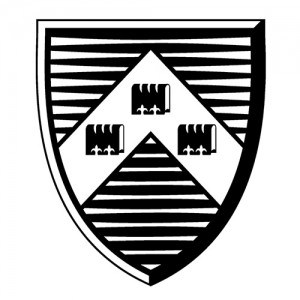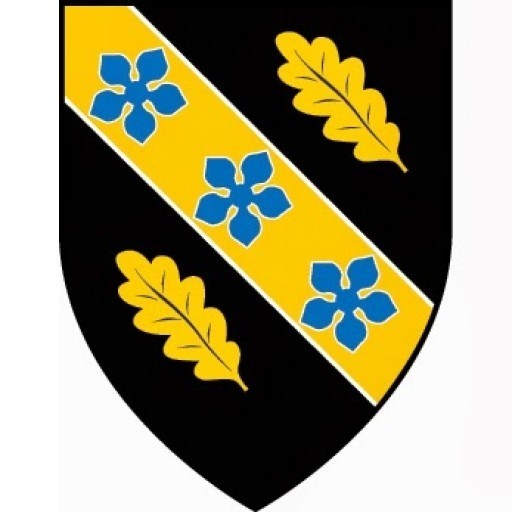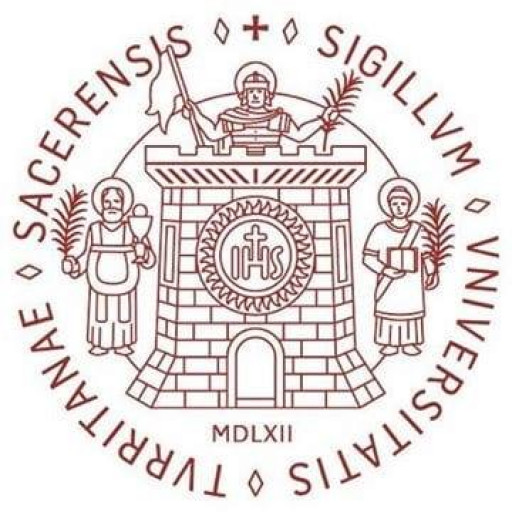Photos of university / #uniofyork
Zooarchaeology at the University of York offers a comprehensive and interdisciplinary approach to understanding human history through the study of animal remains from archaeological sites. This programme combines principles of archaeology, biology, and environmental science to examine the relationship between humans and animals over time, providing insights into ancient diets, domestication processes, trade, and ecological changes. Students will gain practical skills in identifying, analyzing, and interpreting a wide range of animal remains, including bones, shells, and other remnants, using state-of-the-art laboratory techniques and fieldwork methods. Throughout the course, learners are encouraged to develop a critical understanding of zooarchaeological theories and methodologies, enabling them to contribute to research projects, conservation efforts, and heritage management. The programme also emphasizes the importance of archaeological context and stratigraphy, ensuring that students can accurately interpret findings within broader cultural and environmental frameworks. With expert faculty and access to extensive collections and facilities, students will have numerous opportunities for hands-on learning, research, and professional development. The curriculum covers topics such as prehistoric animal domestication, faunal analysis, ecofacts, and human-animal interactions, preparing graduates for careers in archaeology, museum curation, cultural resource management, and academia. By integrating archaeological theory with biological science, the programme aims to produce well-rounded graduates capable of advancing knowledge in zooarchaeology and contributing valuable insights into past ecosystems and human societies.
Zooarchaeology at the University of York offers a comprehensive and interdisciplinary approach to understanding the relationship between humans and animals throughout history. This programme covers a wide range of topics, including the examination of animal remains from archaeological sites, methods of identifying species and age, the analysis of dietary habits, domestication processes, and the role of animals in past societies. Students will gain practical skills in osteological analysis, excavation techniques, and laboratory methods, alongside theoretical knowledge in archaeological theory, environmental archaeology, and conservation.
Throughout the course, students are encouraged to develop their research and analytical skills through hands-on experience with zooarchaeological specimens, case studies, and fieldwork opportunities. The curriculum provides a strong foundation in the biology of different animal species, Taphonomy, and the interpretation of archaeological fauna in a broader cultural and environmental context. Special emphasis is placed on understanding how animal remains contribute to reconstructing past environments, economies, and social structures.
The programme also explores contemporary issues in zooarchaeology, such as conservation, ethical considerations in archaeological research, and the application of new technologies like isotopic analysis and biomolecular methods. Students are supported by expert staff who are actively involved in research and excavation projects worldwide, providing valuable insights and mentorship.
Graduates of the Zooarchaeology programme can pursue careers in archaeological consulting, museum curation, academic research, cultural resource management, or further postgraduate study. The programme aims to produce well-rounded archaeology professionals equipped with both practical skills and critical thinking abilities necessary for advancing knowledge in this specialized field of archaeology.
Students enrolling in the Zooarchaeology program at the University of York are required to undertake a comprehensive curriculum that combines theoretical knowledge with practical skills. The program emphasizes the study of animal remains from archaeological contexts, integrating biological, archaeological, and environmental sciences. Prospective students should have a strong background in sciences such as biology, archaeology, or related disciplines. The curriculum includes core modules covering principles of zooarchaeology, archaeological methods, and laboratory techniques for faunal analysis. Advanced modules may explore topics like evolutionary biology, taphonomy, and quantitative analysis of faunal data.
Practical training involves hands-on experience in identifying and interpreting animal bones, teeth, and other remains, often through laboratory sessions and fieldwork. Students are expected to develop skills in osteological identification, bone measurement, and data recording, as well as proficiency in relevant software for data analysis. The program also requires students to complete a research dissertation, which involves designing a research project, conducting field or laboratory research, and presenting findings in a written report and oral presentation.
Additionally, students are encouraged to participate in seminars, workshops, and conferences to enhance their understanding of current research and developments in the field. Interdisciplinary collaboration is highly promoted, with opportunities to work alongside archaeology, biology, and anthropology departments. The program is designed to prepare graduates for careers in academic research, cultural resource management, museum curation, and heritage consultancy. Attendance at compulsory lectures, seminars, and tutorials is mandatory, alongside continuous assessment through coursework, presentations, and examinations. Successful completion of the program requires meeting all module requirements and demonstrating the ability to independently carry out zooarchaeological research.
The financing of the Zooarchaeology degree program at the University of York encompasses various funding options available to prospective and current students. Tuition fees are the primary component of the program's financial structure, with domestic students eligible for funding through the UK government's tuition fee loans and maintenance grants. These loans are typically repaid after graduation through income-based repayment schemes. International students are required to pay the full international tuition fee rate, which varies annually and is specified by the university at the time of application.
In addition to tuition fees, students may access multiple scholarship programs designed to support students pursuing archaeology and related disciplines, including the University of York Scholarships for postgraduate students and specific awards targeting environmental and archaeological research. These scholarships are usually competitive and require applicants to demonstrate academic excellence and financial need.
Students can also explore external funding opportunities such as grants from archaeological societies, research councils, and charitable foundations interested in supporting archaeological sciences and zooarchaeology. For residents of the UK, the government offers maintenance grants and bursaries for eligible students, helping offset living costs during their studies. Additionally, some students may choose to finance their education through part-time work, with the university providing resources and listings of on-campus employment opportunities suitable for students balancing work and studies.
The university also offers advice and support services to help students identify and apply for suitable financial aid options, including personalized financial planning and guidance workshops. For students enrolled in research components or fieldwork, additional funding may be available to cover travel, accommodations, and related expenses through university-administered research grants or external sponsorships.
Overall, the program's financing options are structured to minimize financial barriers and support students in their academic pursuits, aiming to make zooarchaeology accessible while maintaining high standards of academic quality.
Zooarchaeology at the University of York offers a comprehensive and interdisciplinary postgraduate program designed to develop advanced skills in the analysis of animal remains from archaeological contexts. The course is suitable for students aiming to pursue careers in archaeology, museum curation, heritage management, or academic research. It combines detailed theoretical instruction with practical laboratory experience, enabling students to identify, analyze, and interpret animal bones and other remains within archaeological sites. The program emphasizes understanding past human-animal interactions, domestication, and environmental changes through faunal analysis.
Students will engage with a wide range of subjects, including zooarchaeological methods, taphonomy, species identification, quantitative analysis, and the interpretation of zooarchaeological data in cultural and environmental contexts. The course also provides training in the use of specialized equipment and software, such as microscopic analysis tools and statistical packages, to facilitate detailed data analysis. Fieldwork opportunities and internships with museums or archaeological projects are often integrated into the program, offering practical experience and professional networking opportunities.
The programme is delivered by expert staff with extensive research interests in zooarchaeology, archaeology, and environmental science. Assessment typically includes practical assignments, written reports, and a dissertation project based on original research. Graduates of the program gain vital skills for careers in archaeology, heritage consultancy, research institutions, and museums, where detailed understanding of animal remains is increasingly valuable for reconstructing past environments and human behaviors.
The University of York's strong connections with archaeological and heritage organizations provide students with access to diverse resources and networks within the field. The program’s research-led approach ensures students are trained in the latest developments and methodologies in zooarchaeology. Overall, the course aims to produce highly skilled, confident zooarchaeologists capable of contributing meaningfully to academic research, cultural heritage preservation, and applied archaeology.







